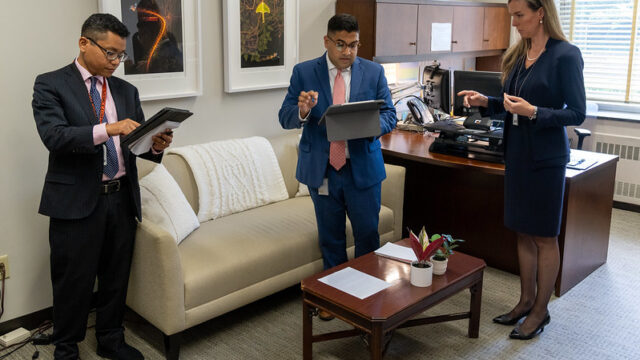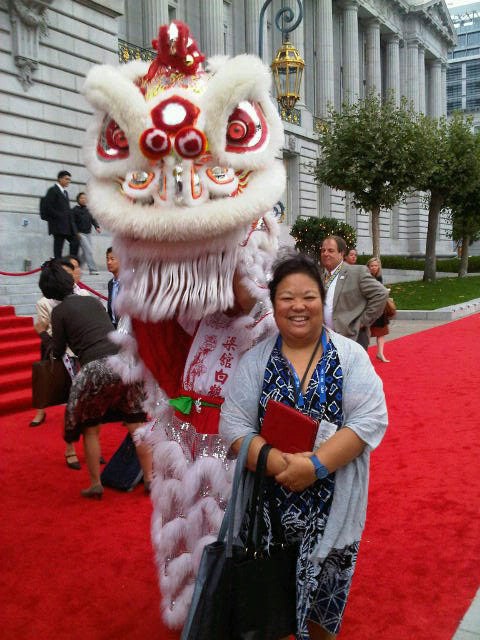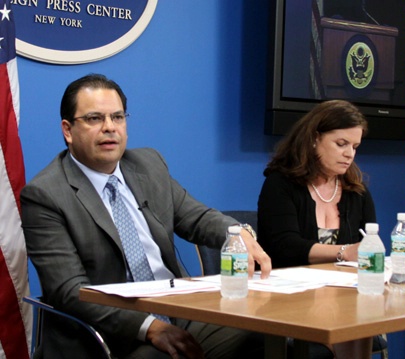FAQs
How do you become a diplomat?
The U.S. Department of State leads America’s foreign policy efforts, advancing our nation’s interests and national security abroad. Diplomats represent and further the interests and…

The make-up of the 21st Century State Department mirrors the face of a changing America.

In order to represent the United States to the world, the Department of State must have a workforce that reflects the rich composition of its citizenry. The skills, knowledge, perspectives, ideas, and experiences of all of its employees contribute to the vitality and success of the global mission
Former Secretary of State John Kerry
As the demographic composition of the United States has changed over the last 50 years, the State Department has worked hard to keep pace. Former Secretaries of State Colin Powell and Condoleeza Rice, both of whom are African-American, and former Secretary of State Hillary Clinton, all made it a top priority that the State Department should reflect the diversity of the American people.
Embracing the diversity of the United States is far more than a matter of social justice; it allows for a wide range of ideas and perspectives to find creative solutions. The new, more diverse generation of American diplomats is culturally aware, adaptable, well-rounded, and agile. They are problem-solvers who can effectively reach out to people of other nations in pursuit of American interests.
So today, the image of U.S. diplomat is no longer a white man in a pin-striped suit. America’s diplomats are now as likely to be female as male and reflect the broad range of immigration that has created modern America. While most Foreign Service officers grew up speaking English as they assimilated into schools and society, their parents may well have spoken Mandarin, Punjabi, Russian or something else. The diversity they represent in our embassies reflects their heritage and their American stories as well as the dynamic diversity of the United States and the Department of State.
“Our commitment to inclusion must be evident in the face we present to the world and in the decision-making processes that represent our diplomatic goals.”
– Former Secretary of State John Kerry
The Department of State’s employees more closely reflect the ethnic mosaic of the United States than ever before and that will continue to change with the country. More than 25% of the Department’s civil servants are African American, as are 5.4% of Foreign Service Generalists and 9 percent of Specialists. Asians now make up 6.3%of the Civil Service, 6.7% of Foreign Service Generalists and 6.4% of Specialists. Hispanics comprise more than 7% of Foreign Service Specialists and 5% of Foreign Service Generalists and civil servants.

To recruit the best and brightest from all backgrounds, geographic regions, academic majors, and ethnic groups, the State Department participates in diversity fairs; it offers a graduate foreign affairs fellowship program aimed at women and minority students; and it partners with employee organizations such as the Asian Pacific American Foreign Affairs Council, Blacks In Government; Disability in Foreign AffairsAgencies, to name a few.
Asian-American and Pacific Islander Heritage Month 2015
History, Heritage, and Pride Months
Native American Heritage Month 2014